Overview
Watercolors
In this lesson, you will explore a new art material—watercolor paint. What do you notice about watercolors? Let’s explore them together!
Materials and Tools
- Set of watercolors
- Cup of water (use a shallow container with a wide base that won’t spill)
- Paper towel to dry brush
- 9 x 12” or 12 x 18” paper
Activities
Step by Step:
- Open your watercolor set. What do you see? What shapes do you see? What colors do you see? Gently touch a few with your finger. How do they feel?
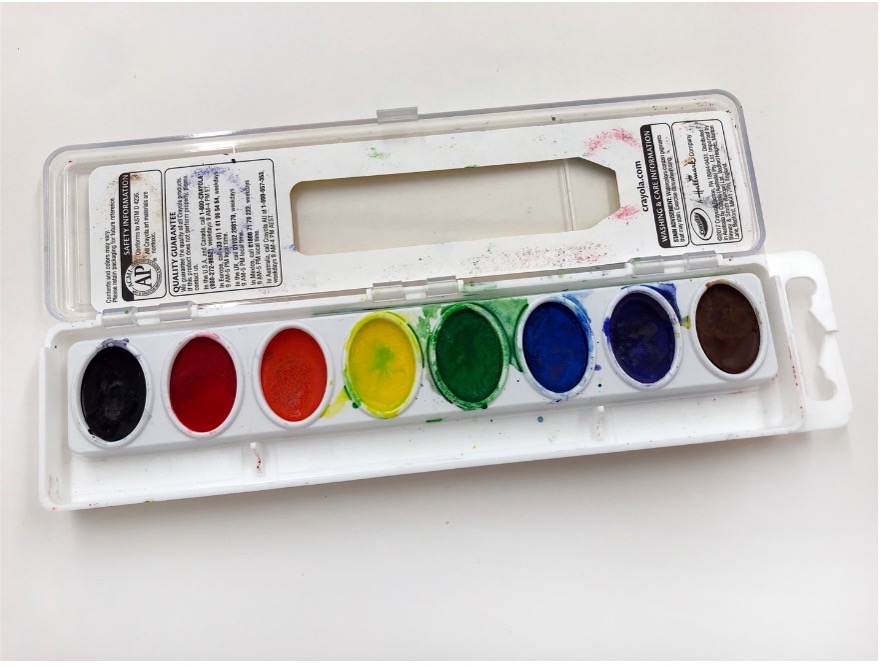
- What do you think these are called? These are called watercolors. I wonder why they are called watercolors? How do you think we can use them to make colors on our paper? We can add water.
- Take out the paintbrush. Let’s look at the different parts. What do you notice? One side is round and thin. This side is the handle. The other side has little hairs. These are called bristles.

- Hold the brush by the handle. Lightly run the bristles across your hand. How does it feel? Watch the little hairs as it moves. Do they spread apart or stay together? What do you think we will do with the paintbrush?
- Try using your brush to make a few lines in the air. What kinds of lines can you make?
- Now, let’s get ready to paint!
- When you touched the paint, did you notice it felt dry? Try putting your brush in the paint. Does anything happen? It’s still dry, so we need to use water! Let’s “wake up” our paints!
- Start by dipping your brush in the water.
- Now, put the brush into the black paint. Move it around in little circles, gently stirring the paint. Remember how the bristles stayed together when you tried out your brush? We want to take care of the bristles and help them stay together, so try not to smash your brush down into the paint.
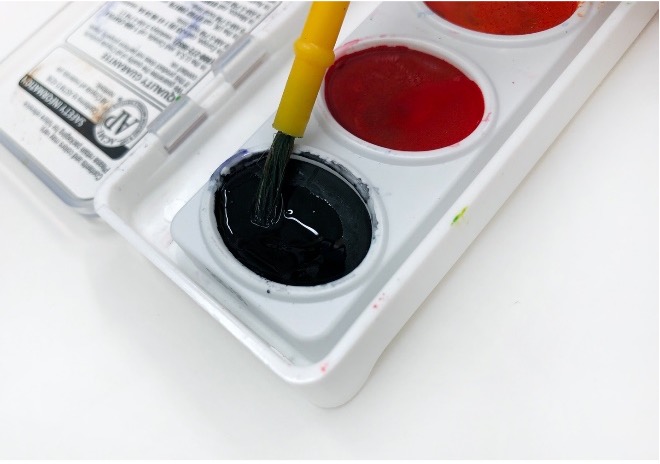
- Look at your brush. Does it have paint on it? Try it out on the paper and make a little patch of color. Look closely at the area you painted. What do you notice?
- Let’s try another. Remember to start with the water, then “wake up” the paint again.
- Try a line with the paint on the paper. Use your arm to spread out a long line, gently moving the brush. Did the paint run out before you got to the end of the line? Did one part of the line get lighter or look scratchy? Why do you think that happened?
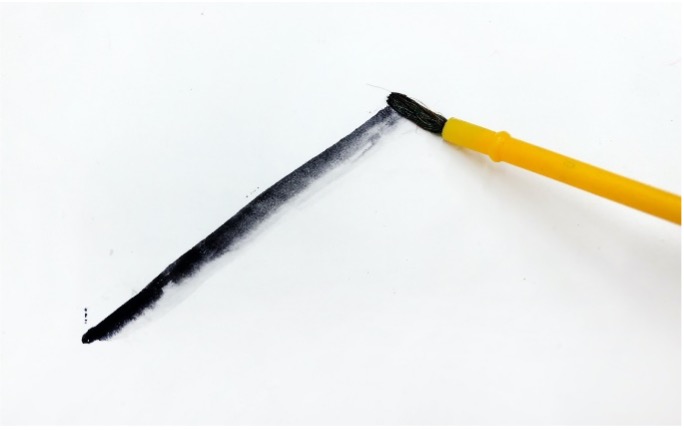
- Let’s try another. Start with water, then get paint. What happens if you press down a bit harder with the brush this time?
- Let’s try another line using the very tip of the brush. What if the brush barely touches the paper?
- What kind of marks can you make with the paint brush? Try gently dabbing the brush. Try making marks with just the tip of the brush. Try making marks close together and far apart. How do they look?
- Can you make lines that dance or swirl across the paper?
- Make as many marks and lines as you can with the black paint. They might cross each other or connect!
- When you’re done, you can use the paper towel to dab any extra water out of your watercolor set and save it for next time.
TIPS:
*If your paint has lots of water in it, you may not need to add more each time.
* Only change water when it’s completely muddied.
*Use paper towel to dab brush if too wet.



Prompts for Independent Art Making:
Make a painting using only lines and marks. What kind of lines will you make? Will they all be the same or all be different? Can you make a pattern with your lines?
Make a painting with as many marks as you can think of. What do these marks remind you of? Where else do you see marks like this? (rain, footprints, fireworks)
Artists for Inspiration:
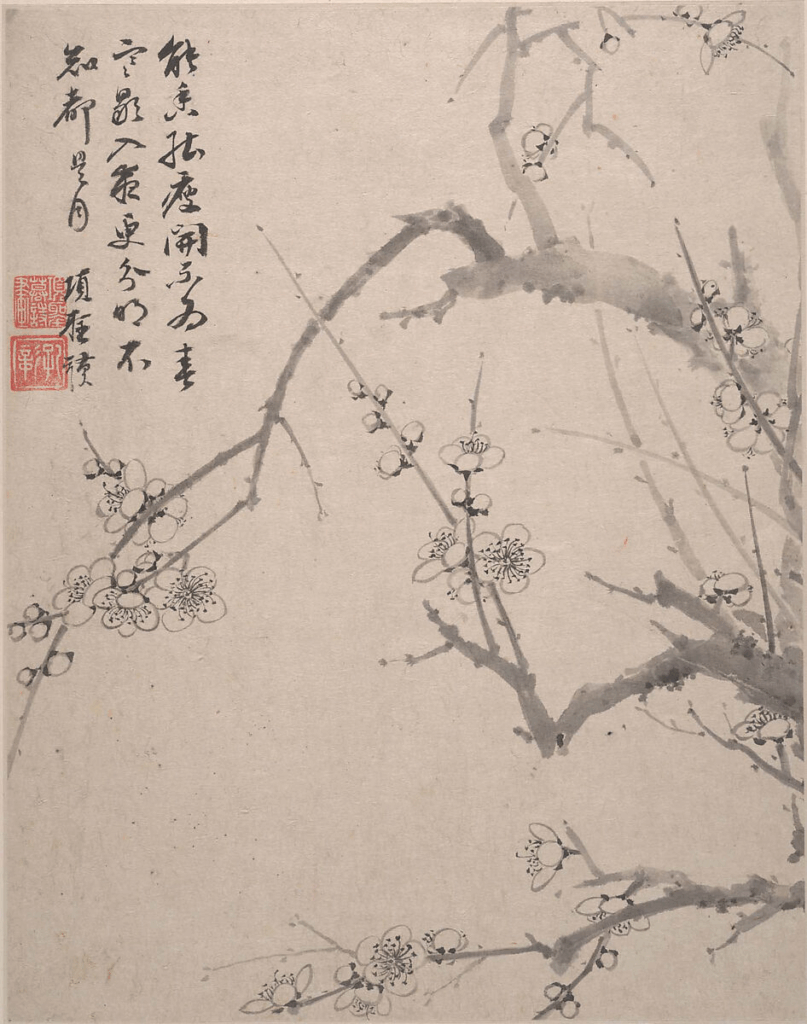

Look at these paintings. How do you think these artists used their paintbrush? Can you see area that are lighter or darker? What kinds of marks and lines do you see?
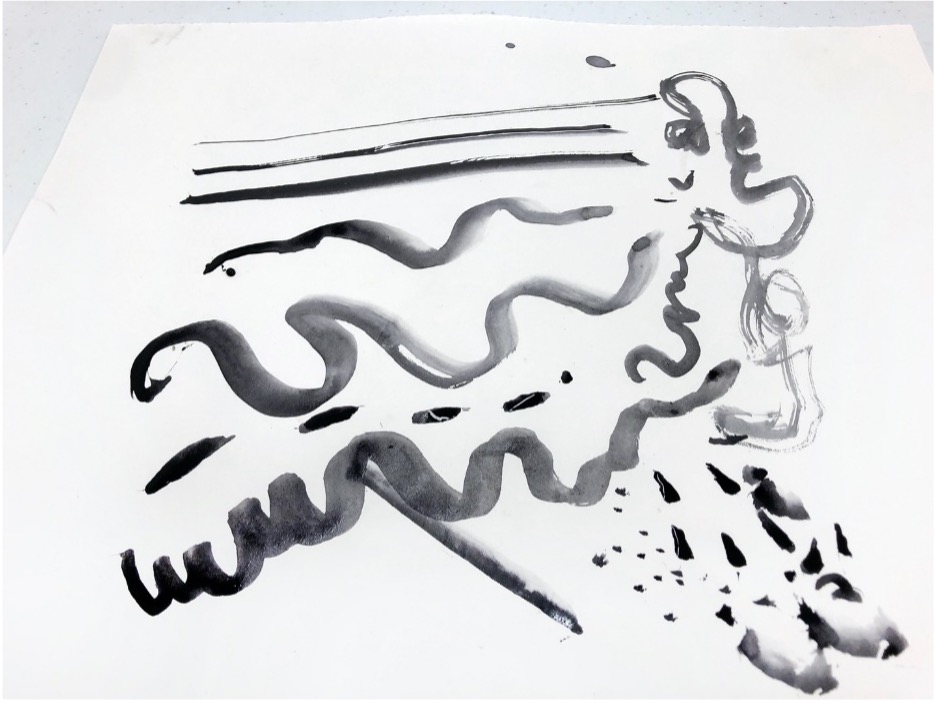
Reflection Questions
- How is painting lines with watercolors different from drawing lines with oil pastels?
- Do watercolors remind you of other paints that you’ve used? How are they the same? How are they different?
- How does the water change the paint?
- Did you make any new lines or marks with the paint?
Vocabulary
Watercolor, dry/wet, paintbrush—handle, bristles, dab, Marks: dot, dash
Lines: straight, curvy, squiggly, spiral, wavy, loopy, zigzag, bumpy, diagonal, vertical
Light/dark
Resources
Books: Lines That Wiggle by Candace Whitman
